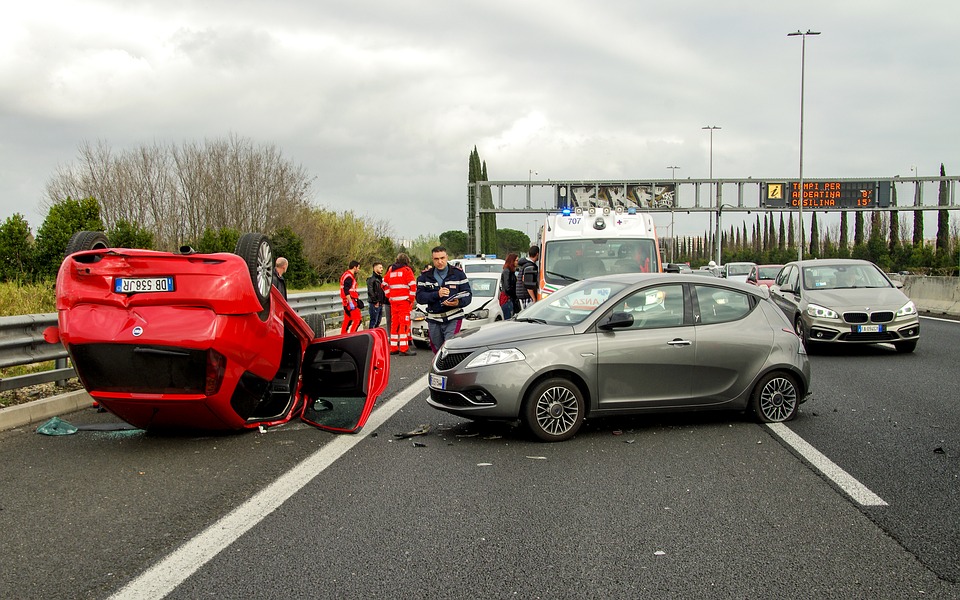Not every auto accident case involves a simple one on one car accident. Sometimes you can be involved in accidents with multiple cars. One way this can happen is at 4-way intersections when you get hit by two cars, possibly both trying to beat the red light going opposite ways. Or you can get rear-ended after getting struck by another car in the front of your vehicle. This can also happen on the highway when traffic comes to a quick stop and there is a pile-up auto accident where multiple cars rear-end each other because they were not maintaining an assured clear distance to the cars in front of them. Another example is an accident with a large truck that plows through multiple cars, including yours. Our Philadelphia rear-end car accident attorneys can help you get justice for your injuries and damages.
In these situations the person whom you have claims against depends on your injuries and who caused them. In some cases the drivers of the two different cars can cause two separate injuries, meaning you would have a separate claim against each car. While you could file an independent claim against each driver, those claims would likely get consolidated into one case.
You may have another scenario where you are injured and cannot separate your injuries from each impact with your car. For example, in a chain reaction auto accident case where multiple cars crash into a pile-up, you may be initially struck from behind by one car, and then hit again when a third car rams into the first car that struck you, forcing that second car into you. Because these impacts are typically back to back with very little time in between you cannot separate your injuries between the two impacts. As a result, the drivers of the cars would be considered joint tort feasors. This means the drivers of both cars would be liable for your injuries, and each driver is responsible to pay the percentage at fault they are found for causing the accident. Therefore, if each is found to be 50% at fault, each driver will be responsible to pay 50% of the verdict awarded by a jury. Ultimately a jury will decide the percentage of blame to put on each driver.
In a joint tort feasor auto accident claim, if one party is found to be greater than 60% at fault you can collect the entire verdict against them, not just a percentage of it. This would only apply in scenarios where you have major injuries, and the driver who is found to be greater than 60% at fault has extensive insurance coverage, whereas the lesser at-fault driver only has minimal coverage.

In cases where one defendant crashes into multiple cars and causes injuries to everyone occupying those cars, each driver would have their own claim against the one defendant. The claims would be consolidated into the same court proceeding. Each driver would be able to collect against the at-fault driver. However, there could be issues if the at-fault driver does not have enough insurance to cover the full value of every injured plaintiff. One way you can still find relief in these scenarios is if you have underinsured motorist coverage. This is a type of insurance coverage you can purchase for your own car and can collect on if a defendant does not have enough insurance coverage to compensate you for all of your injuries, lost wages, etc. from an accident. In such cases, you will have a separate claim against your own auto insurer if you are unable to resolve your underinsured case with it.
The Thistle Law Firm is experienced in handling multi-car auto accident and collision cases. If you or a loved one were involved in a multi-car auto accident, the attorneys at the Thistle Law Firm are here to take your call and answer your questions at 215-568-6800.

